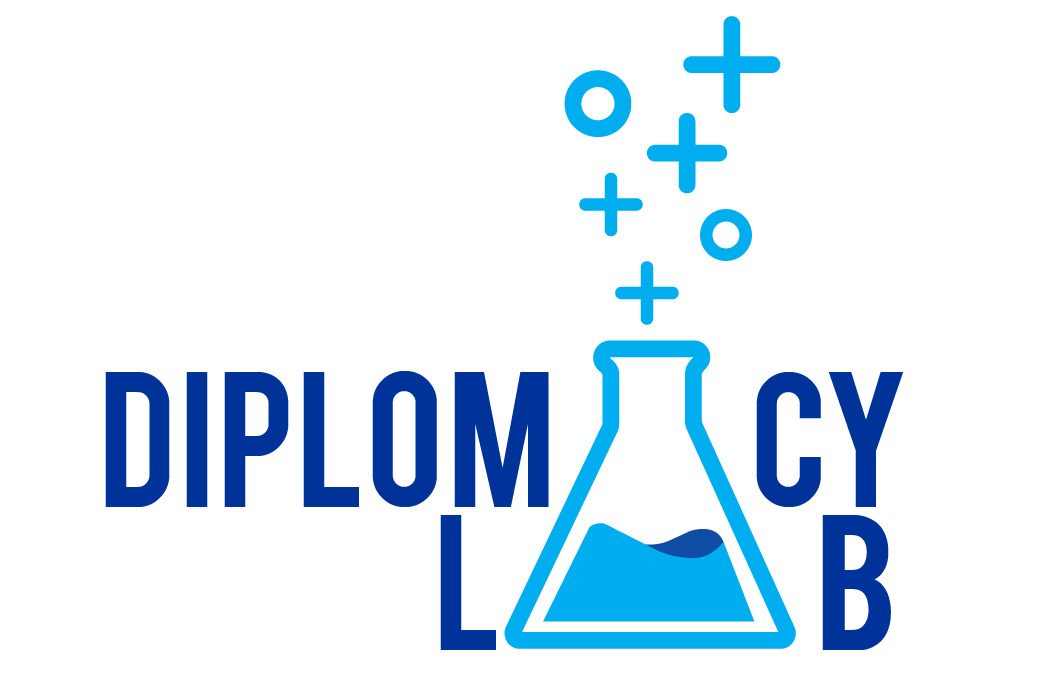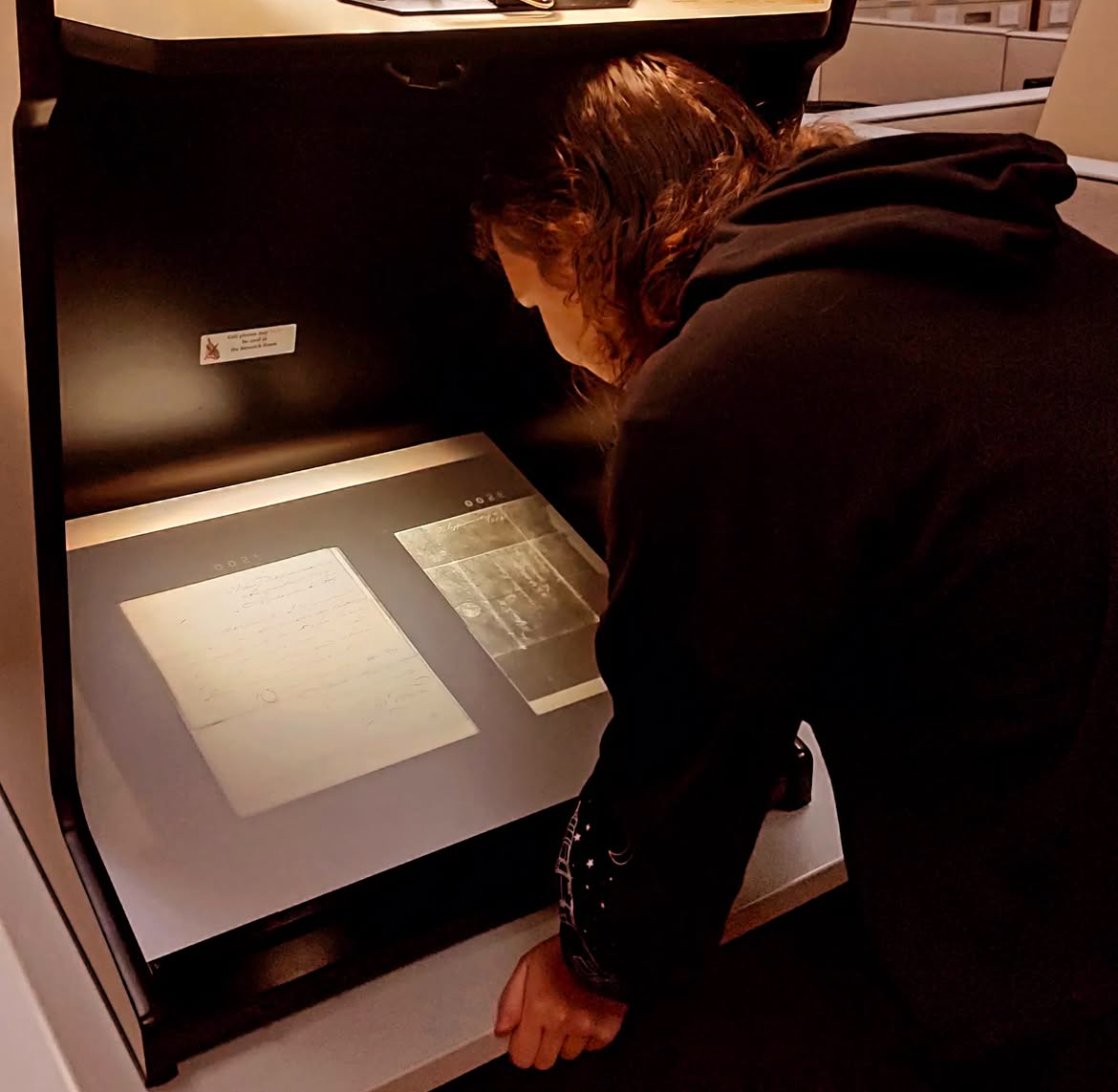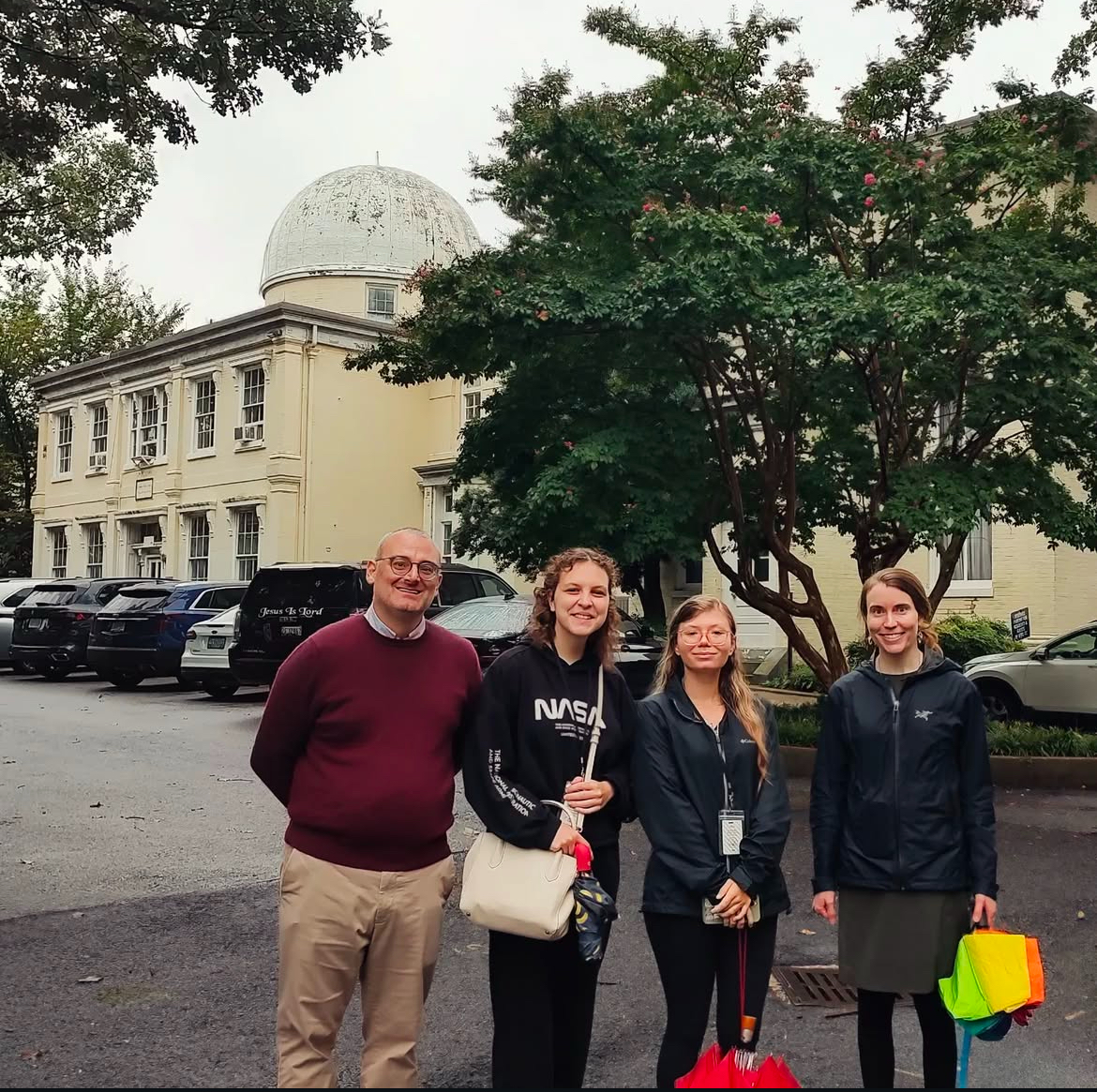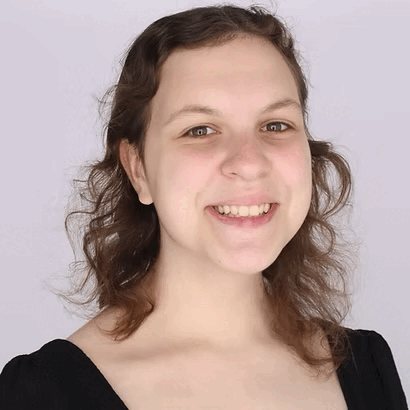Naval Observatory Construction Analysis
The Basics
🤝 The Team
Two Purdue John Martinson Honors program students collaborated to produce a U.S. Department of State project focusing on the Old Naval Observatory in Washington, D.C.
Our primary sources were official documents from the United States, which we obtained through access to records held by the National Archives and Library of Congress. We also consulted with subject matter experts affiliated with the U.S. Department of State to supplement our research.
🚀 Research Outcomes- A published research paper
- A public presentation at Purdue Spring Undergraduate Research Conference
August 2024 through June 2025
🙋 My Role- Primary Research
- Content Creation
- Presenter
Project Overview
The project involves researching and analyzing the Old Naval Observatory in Washington, D.C., exploring its history and its potential use of slave labor during construction. Initiated by the U.S. Department of State, the project is the outcome of a nationwide bid process that sees faculty submit representative applications for a given university in favor of a specific project. Although multiple schools may submit bids for the same topic, access to the topic is not guaranteed if their bid is not accepted. This project brings together students from diverse disciplines at Purdue University to collaborate on and document the Old Naval Observatory and the ethical concerns regarding its origins.
What is Diplomacy Lab?
Diplomacy Lab engages the American public in the work of the State Department to address complex global challenges by broadening the State Department’s research base. Diplomacy Lab harnesses the expertise and fresh perspectives of students and faculty members across the nation to research key foreign policy topics. By guiding student teams through real-world challenges identified by the State Department, the initiative provides policymakers with diverse perspectives and practical research solutions to inform their decision-making process.
The Research Process
To date, the research process has primarily revolved around a week-long trip to Washington, D.C., to study primary sources related to the Old Naval Observatory. These sources included construction payroll records and correspondence regarding the acquisition of the Observatory’s oceanographic and astronomical charts. This immersive experience provided exposure to a broad array of topics, some of which could suggest ethical concerns surrounding the facility’s construction.
Following the trip to D.C., the research continued. For documents that required further examination, we captured photographs and transcriptions to facilitate in-depth analysis at a later date. Artificial intelligence has played a crucial role in this phase, assisting us in deciphering aged handwriting and interpreting faded documents efficiently. Such models as Claude and Copilot have proven vital in deciphering such texts and James M. Gilis’s attempts to hire staff or payrolls drafted on onion skin paper. While all details still require checking and revision, the starting point artificial intelligence provides has demonstrated invaluable assistance in understanding the past of the Old Naval Observatory.

An Unexpected Roadblock
Due to unforeseen circumstances, our partnership and the associated funding were terminated alongside the dissolution of the Diplomacy Lab program. Although the initial concept and financial support were provided by the U.S. Department of State’s Office of the Historian, our collaboration officially ended in February 2025. This also led to the cancellation of our planned trip to Washington, D.C., where we had intended to present our findings in March.
Despite the formal end of the partnership, we chose to continue our research and complete our deliverables, with the intention of submitting our findings to the Office of the Historian regardless of our official affiliation. To move forward, we transitioned the project under Dr. Ashima Krishina’s Urban Matters Lab. Consequently, our presentation plans shifted as well, culminating in a showcase at Purdue University’s Spring Undergraduate Research Conference in April 2025.
Since then, the Diplomacy Lab has been reinstated under the U.S. Department of State’s Office of Global Partnerships. However, the extent of its current operations remains unclear. Bidding for Fall 2025 Diplomacy Lab topics has resumed, with hopes to relaunch the conference in April 2026. That said, all original publications and references to the Diplomacy Lab are now accessible only through the State Department’s archived resources page.
Final Presentation and Conclusion
In April 2025, we officially presented our research findings as part of Purdue University’s Spring Undergraduate Research Conference. Our topic earned a nearly perfect presentation score and would be published in Purdue University’s Undergraduate Research pamphlet.
In concluding our research, we found it to be unlikely that slave labor was used in the construction of the Old Naval Observatory. The Navy’s anti-slavery actions, such as liberating slave ships, suggest a progressive stance during the Observatory’s construction. While the observatory’s original superintendent Matthew Fontaine Maury was later tied to the Confederacy, it was James Gilliss, driven by scientific ambition and backed by federal support, who led the project. Architect George De la Roche, once an indentured servant, and contractor William Bird, who shows no direct ties to slavery, reflect a more complex labor history. With significant funding aimed at rivaling European observatories, unpaid labor was neither necessary nor desired. Though there is no decisive evidence, the research performed here hopes to advance the current literature on the topic, provide a helpful basis for future research to come, and serve as a starting point for education on the usage of slave labor in the construction of important historic buildings in the United States.
Self-Reflection
Not Everything Is Within My Control: The entire trajectory of our Diplomacy Lab project shifted with a single email—plans that had been in motion just days earlier were abruptly canceled. Although my team and I tried to understand the reasoning and challenge the decision, one truth became clear: this change was far beyond our control. It was frustrating and disheartening to pivot so suddenly, but the experience taught us a valuable lesson—how to adapt and make the most of what we had. In the face of uncertainty, we found resilience.
Experience With the Unfamiliar: This project uniquely combined my background in focused research with a newly developing understanding of architectural and constructional history. It strengthened my ability to analyze primary documents, some of which predate the founding of the United States. While my academic interests typically revolve around experience and design, this project offered a refreshing and eye-opening exploration into a lesser-known chapter of American history and the humanities.
More Than Just a Box Checked: When I first joined this project, I saw it primarily as a way to fulfill my Honors College Scholarly Project requirement. The topic mildly interested me, and I felt confident I could manage it alongside my other studies. But over the course of nearly a year, my perspective changed. I became deeply invested in the work and proud to contribute to research that extended far beyond myself. Despite its imperfections and unexpected turns, this project taught me the value of stepping outside my comfort zone and embracing opportunities that don’t always come neatly packaged. It became far more than a requirement—it became a meaningful journey.

